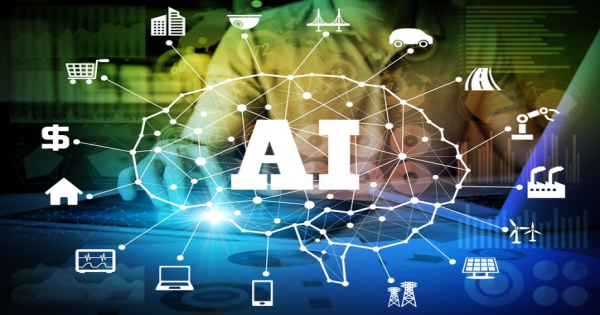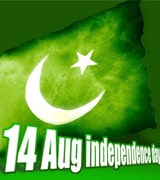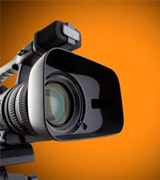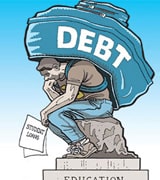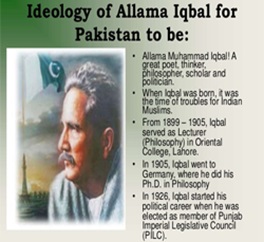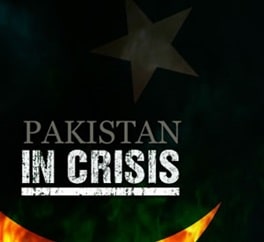Introduction
Communicating with the people, orally or in writing, is a desirable quality. Anyone who can do so effectively possesses a highly valuable skill. Senior government officers and executives in the business and industry have often expressed their concern about the need for better communication. The ability to communicate well has always provided advantage to those who possess it. Communication has a rich history, and its traditions can be still being seen in modern-day communication. The process of transmitting information from one person to another is a very complicated process. Communication has many meanings, precisely we can define it as the process by which message evokes a response. Here two points should be noted,
- Communication takes place when the message is received by the other person. If it is not received there would be no communication.
- Communication takes place when the message evokes response. Apparent or not. If we find our self in a position to talk to a group of people we may face certain obstacles in our way. These we call communication barriers.
Components of Communication
Communication is the process of transmitting and receiving information .It is considered effective when it achieves the desired reaction or responses from the receriver.Simply stated it is a two process of exchanging ideas or information. Following are its components i.e.
- Context
- Sender-Encoder
- Message
- Medium
- Receiver-Encoder
- Feedback
Even if these components are not properly arranged, communication doesn’t proceed properly; instead it is slaughtered by a number of barriers. There may by various reasons for the ineffective communication i.e.
- Collect and Organize Data
This is the most important fact towards the communication. Books from library, magazines, newspapers etc can help effectively. So the way we collect data and organize it for the presentation should be in a manner that every one could understand it well.
- Hold Interest
The success of communication depends largely on how much we are able to hold the interest of the audience. We might have variety in our communication. Anecdotes, personal experience, and relevant examples add greatly to the value of communication. - Control of our voice
The next may be the lack of control on our voice. The easiest way of avoiding it is to ask our hearers at the start of the communication if can hear us clearly. - Objectionable mannerisms
A speaker who has seen one such annoying mannerism cannot talk effectively to our listners.This is especially true of the beginners who toy with the keys, pens, pencils, or their notes because they are nervous.
Communication Barriers
- There may be the magnitude of the communication is high and the channel adopted is not appropriate or suitable. Channel barrier.
- There may be lack of ability of understanding or lower capability of doing physical work and making it done. Attitudinal barriers
- There may be the lack of integrity and people don’t trust each other then interpersonal barrier hits the process of communication. Eventually biasness also works in the same way.
- There may be clash or difference in thoughts or beliefs due to which communication could be done appropriately. This happens due to the difference in cultures so we call it cultural barrier.
- There may be selective hearing of then facts or information. Because sometimes people do not like to even listen to the information which they do not want or assumes bogus for them.
The barriers may exist due to the wrong perception of reality or misunderstanding the vales attitudes and opinions.
So consequently there are many potential barriers which affect communication in a worst manner.
The Impact o Technology on Communication
Developments in information technology that led to more powerful and less expensive personal computers has facilitated the growth of electronic information in today’s business. With the development of
- LAN
- Fiber Optics
- Satellite Technology along with the new more powerful personal computers facilitated the growth of information technology in the organizations.
Organizations have now laptops computers, desktop publishing capabilities, electronic spreadsheets, and word processing programs to gather, store and communicate information. Turmoil and change are the norm for information technology, and they reflect and influence the concurrent changes in the business organizations on structure, profits, people, and society.
Challenges to the Organizations made by the New Technologies
Future business-leaders, you will need to understand information technology as it lets you enter the global market place and an ability to manage.
- E-mails
Using emails you can reach individuals, groups or other computers anywhere in the world to share information, files of data, spreadsheets, videos, music, and anything else that an be stored on the computer. - Voice mail
Voice mail has become popular in many offices because it eliminates” telephone tag”. - Group ware
Group ware allows a supervisor to manage the work flow of a department via computer. - CD-Rom databases
Because of their massive storage ability. CD-Rom disk offers multimedia applications, directories, encyclopedia. And other useful information. - Teleconferences
Teleconferencing is a rapidly developing technology that will eventually change the way companies do business. - Faxes
Faxes have been available for many years and are popular in business offices; newer fax machine are digital, allowing communication via computer, and are much faster than the old ones.
Conclusions
Not only within the organization, but also outside the organization it has a remarkable impact on the business world. Managing information outside the organization has also been very much convenient. It has become a major concern of business. Technological developments are, to a large extent, responsible for the transformation of today’s world into a global village. In short communication in and outside the organization is so important that it is not perhaps possible to carry out the daily routine work without it. It is like the life blood without which an organization cannot even survive.
Waqar Hassan Khan
Top Contributors
Related Articles
From Curiosity to Career A Purpose-Driven Journey Through the 4D Growth Framework
- Ilmkidunya
- 10/Jun/2025




.gif)













